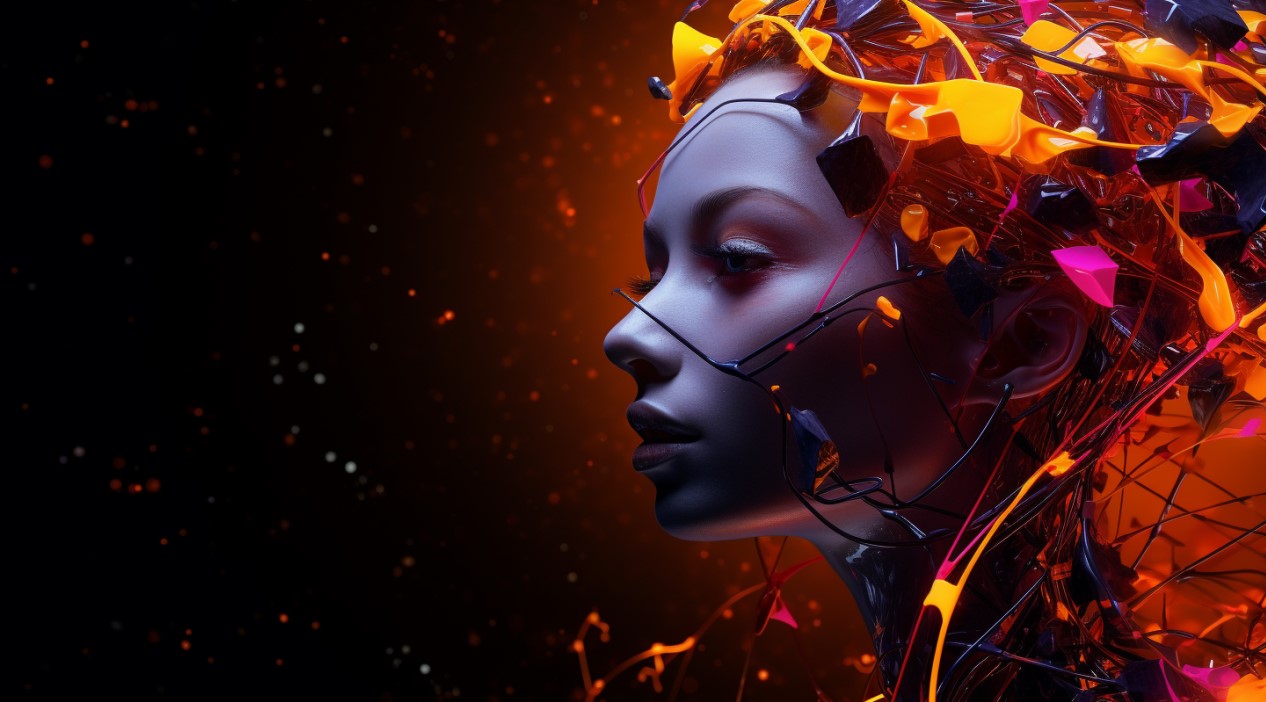In the current technological era, websites have evolved from simple informative platforms into true masterpieces of digital design. “Stunning Sites – The Art of Web Design” represents a fascinating journey into the creative world of web design, where aesthetics and functionality meet in perfect symbiosis, creating memorable online experiences.
Web Aesthetics: Colors, Shapes, and Composition:
Web aesthetics are the heart and soul of every stunning site. From the carefully chosen color palette to the arrangement of shapes and balanced composition, each detail contributes to the atmosphere and visual impact. It’s a journey where web artists become creators of digital landscapes, shaping the user experience with every pixel.
Intuitive Navigation: A Journey Without Obstacles:
Stunning web design is not only a pleasing sight; it’s also about a smooth and intuitive navigation experience. Well-structured menus, interactive buttons, and the natural flow of information transform visiting a site into a journey without obstacles. This practical approach underscores the importance of making users feel guided and connected harmoniously.
Aesthetics and Functionality: The Perfect Marriage in Web Design: Intuitive navigation roots itself in the perfect marriage between aesthetics and functionality. It’s a symbiosis where pleasing visual elements blend with intelligent information architecture. Inspired web design integrates aesthetic simplicity with a logical structure, creating an experience that is not only visually appealing but also easily understandable and user-friendly.
Coherent Structure and Organization: Intuitive navigation begins with a coherent structure and organization of information. Well-defined menus and clear categories make users feel guided in the online environment. The design of a web page should be like an efficient map, where users can navigate effortlessly and reach the desired destination.
Interactive Buttons and Visual Significance: Interactive buttons act as the “guiding stars” in an online journey. Each button should have a clear meaning and indicate the action users can take. From navigation buttons to call-to-action buttons, these interactive elements are key to smooth navigation.
Quick Response to Actions: In a time-conscious world, intuitive navigation involves a quick response to user actions. Web pages should load rapidly, and interactions with site elements should be seamless. An experience without delays or glitches contributes to a pleasant and efficient online journey.
Adaptability to Various Devices: Intuitive navigation extends beyond desktops; it is adaptable to various devices. Responsive web design ensures that the user experience remains obstacle-free, whether accessed from a laptop, smartphone, or tablet. This adaptability underscores the importance of meeting the needs of modern and mobile users.
Feedback and Continuous Improvements: An essential aspect of intuitive navigation is constant feedback and continuous improvement. By analyzing user behavior data and engaging in open dialogue with users, web designers can adjust and perfect navigation to efficiently respond to user needs and expectations.
Responsiveness: Adaptability to Any Device:
Stunning sites are also characterized by their responsive design, elegantly adapting to any device, from mobile screens to desktops. This adaptability not only optimizes the user experience but also demonstrates a commitment to accessibility and technological innovation.
Interactivity: Two-Way Communication:
Interactivity is another crucial component in the art of stunning web design. From subtle interactive elements like animations to complex and engaging interfaces, users are invited to actively participate in the site’s content. This approach transforms viewing into a captivating and memorable experience.
Technological Innovation: Pushing Boundaries:
Stunning sites bring technological innovations, exploring and surpassing conventional limits of web design. From augmented reality to AI-based user interfaces, these sites are a testament to limitless creativity and constant evolution in the field of digital technology.
Technological innovation can be defined as the process of developing and implementing new ideas, products, or services that bring significant improvements over the current state of technology. This definition not only refers to major scientific discoveries but also to the creative application of existing knowledge to solve problems and enhance people’s lives.
Exploring New Frontiers in Medicine: Technological innovation in the medical field is a clear example of pushing limits. From the development of intelligent medical devices and advanced diagnostic technologies to revolutionary gene therapies, technology is leaving its mark on how we treat and understand human health. New discoveries and treatments are transforming the medical field into uncharted territory, with the potential to save lives and improve their quality.
Revolution in the Education Industry: In technological innovation, education is a sector where traditional limits of learning are challenged and transformed. Online learning platforms, virtual reality, and artificial intelligence have opened new possibilities for access to education, overcoming geographical and economic barriers. Students now have resources and opportunities at their fingertips, contributing to a revolution in how we access and share knowledge.
Smart Cities: Redefining Urban Life: The concept of smart cities exemplifies how technological innovation redefines urban life. From traffic management systems and public lighting to data collection for optimizing public services, technology is transforming cities into connected and efficient entities. This not only improves the quality of life for residents but also manages resources and infrastructure more efficiently.
Green Energy and Sustainability: Technological innovation also has a significant impact on the energy and sustainability sector. Technologies such as advanced solar panels, efficient energy storage, and consumption management systems are transforming how we obtain and use energy. This shift towards green energy and sustainability has the potential to reduce environmental impact and create a more ecological world.
Conclusion:
“Stunning Sites – The Art of Web Design” reflects not only visual quality but also the effort and thought put into creating every aspect of a site. It’s an expression of digital creativity that goes beyond screens and transforms online visits into artistic and engaging experiences. In the vast and dynamic world of the Internet, these stunning sites not only impress but also redefine standards for what exceptional web design means.



